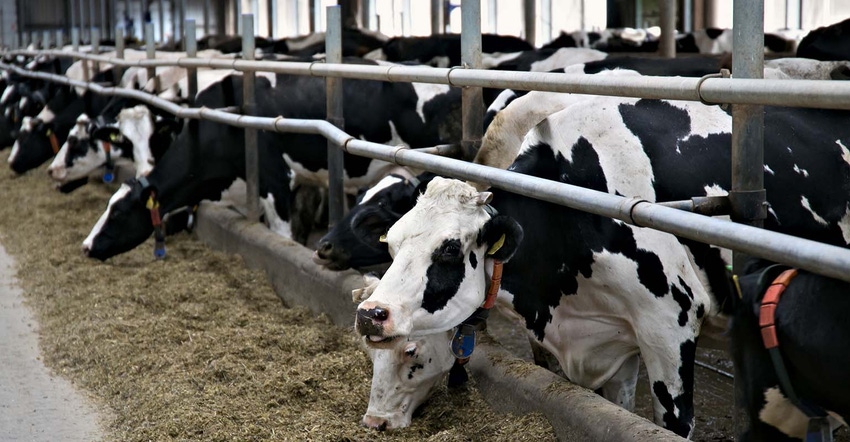March 2, 2020

At just 2% of U.S. greenhouse gas emissions, U.S. dairy has made significant improvements to produce food more efficiently, conserve resources and reduce waste. With exponential increases in science and technology discoveries, dairy is positioned to reduce its environmental footprint and go beyond to provide environmental solutions.
Newtrient, in collaboration with the Innovation Center for U.S. Dairy and leading agriculture environmental experts, recently released an update on the potential of dairy feed additives for reducing dairy’s environmental footprint.
Though the overall dairy contribution to U.S. GHG production is modest, enteric methane emissions (CH4), including gas released from cow burps, account for approximately one-third of a dairy farm’s GHG footprint (U.S. Dairy LCA, 2013). Consequently, emerging research and a growing number of companies are focused on improving the cow’s diet by introducing new feed additives to improve digestibility and reduce enteric methane emissions.
“Early studies point to feed additives as a promising solution to reduce methane emissions. More research needs to be done, but I’m optimistic that some feed additives could potentially reach 30% methane reduction in the coming years,” said Frank M. Mitloehner, Ph.D., UC Davis Department of Animal Science.
Ranging from plant extracts to seaweed, some feed additive products are being explored on farms today while many others are in early stage development. Several companies have emerged with promising products to increase feed efficiency with secondary benefits of reducing enteric emissions while others are specifically targeting reduced enteric emissions. Newtrient’s update highlights emerging dairy feed additive market availability and potential to reduce enteric emissions.
“While several feed additives are on the path to market, few dairy farmers have access to these products today due to the rigorous approval process and long-term, controlled farm studies. Newtrient is hopeful and will continue to explore feed additives as a potential pathway to reduce emissions on farms of all sizes and regions,” said Jim Wallace, SVP of Engineering and Business Development at Newtrient.
Source: Dairy Management Inc., which is solely responsible for the information provided and is wholly owned by the source. Informa Business Media and all its subsidiaries are not responsible for any of the content contained in this information asset.
Read more about:
ClimateYou May Also Like




